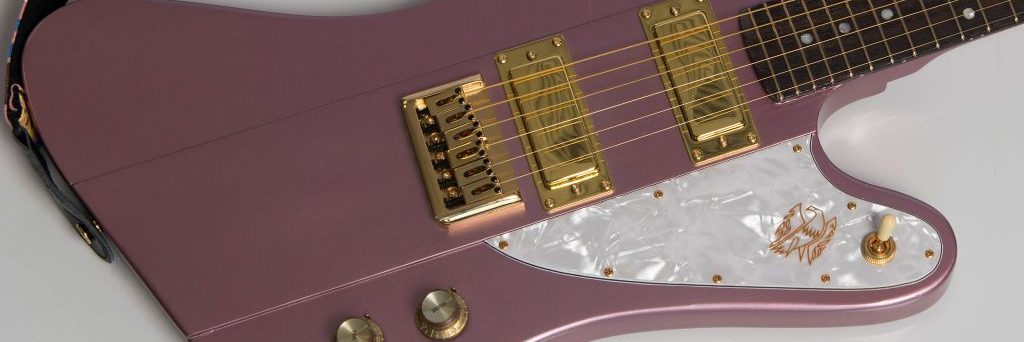
Another LSR Nut Refit (rosewood this time)

Here’s another LSR roller nut rescue, this time on a rosewood board Stratocaster, the previous LSR roller nut repair being on a maple ‘board.
This time the fitter had cut the slot too far back, and had removed the rosewood behind the existing nut, rather than just 3/32″ in front of it. They had also managed to snap the two tiny screws off in the neck. I’d normally have to extract them, but as the new nut was going in the correct position, some 3/32″ close to the first fret, I could leave them where they were.
Above shows where I have tidied the missing wood, ready to accept a rosewood fillet.
Here is the fillet being test-fitted for height and length. I have tried to match the grain pattern as best as I can.
Once I had glued the fillet in place and trimmed the edges, I cut the slot for the LSR roller nut using my Stewmac bridge slotting jig.
I first cut the slot 1/4″ wide to the correct depth before moving the jig slightly to cut to correct width with a second pass of the router.
I relacquered the end of the fretboard as it would have been originally.
Here is the nut in place. I think I did okay matching the grain.
And finally, here is the guitar reassembled and restrung.

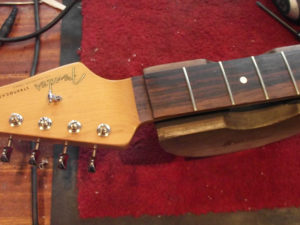
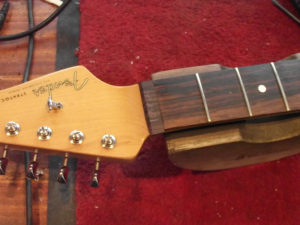
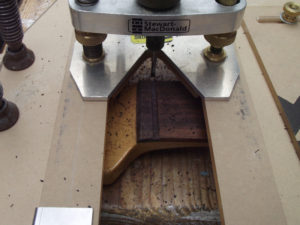
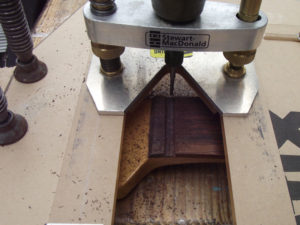
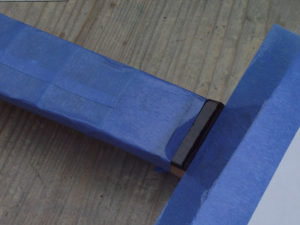
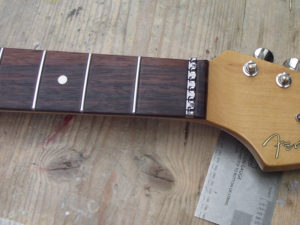
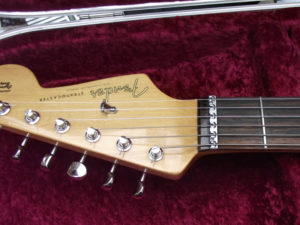
Do those roller nuts come with 9.5” diameter?
I believe they should work on any neck which has a radius at the nut between 9 and 11 inches.
Hello Steve I was wondering how this affects the intonation down the neck? Compared to a regular fender nut It seems like the LSR nut is closer to the first fret. wouldn’t this make the notes a bit flat as the notes has now moved a bit further down the neck?
Hope you got the time to answer this question thanks in advance from Denmark
Jeppe
Hi Jeppe. The front edge of the nut is closer, but the strings break on the bearings which are further back, in the same place as the edge of a traditional nut.
I see thanks! I was wondering (in theory) how would you go about installing a tusq nut in a case like this? By putting a bit of rosewood in front of it as well?
Yes, that’s what I’d do – let in a new piece of rosewood that matches as closely as possible the existing grain and colour of the fretboard.
Cool thanks this has been very useful!